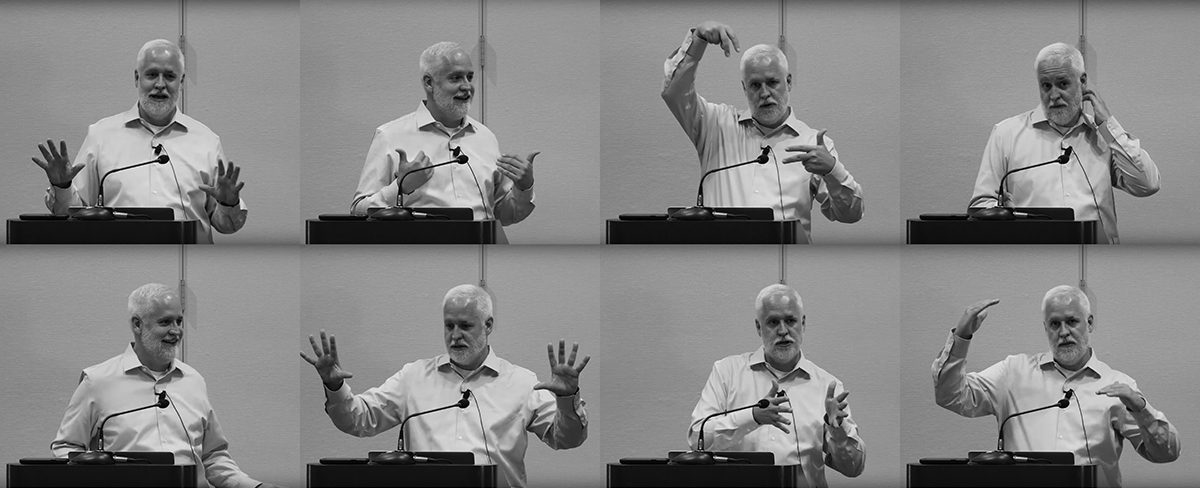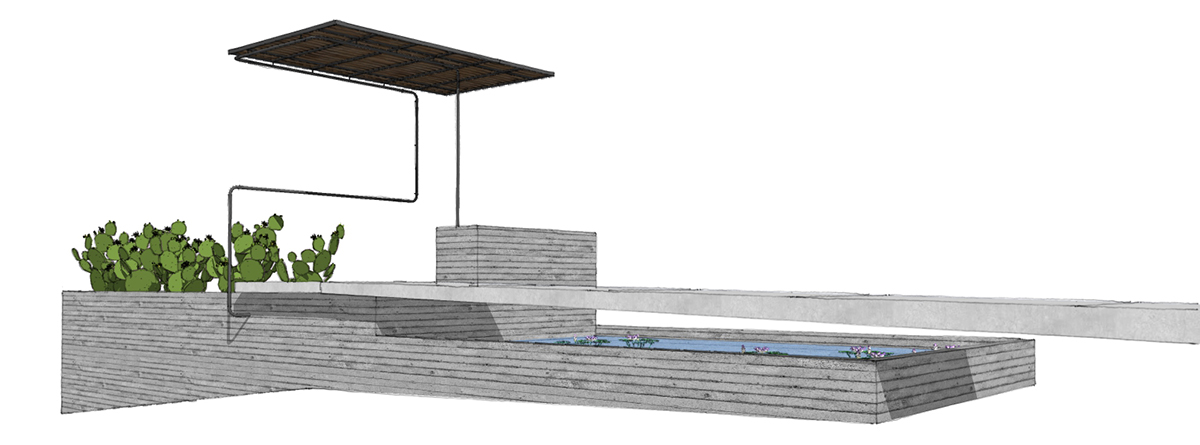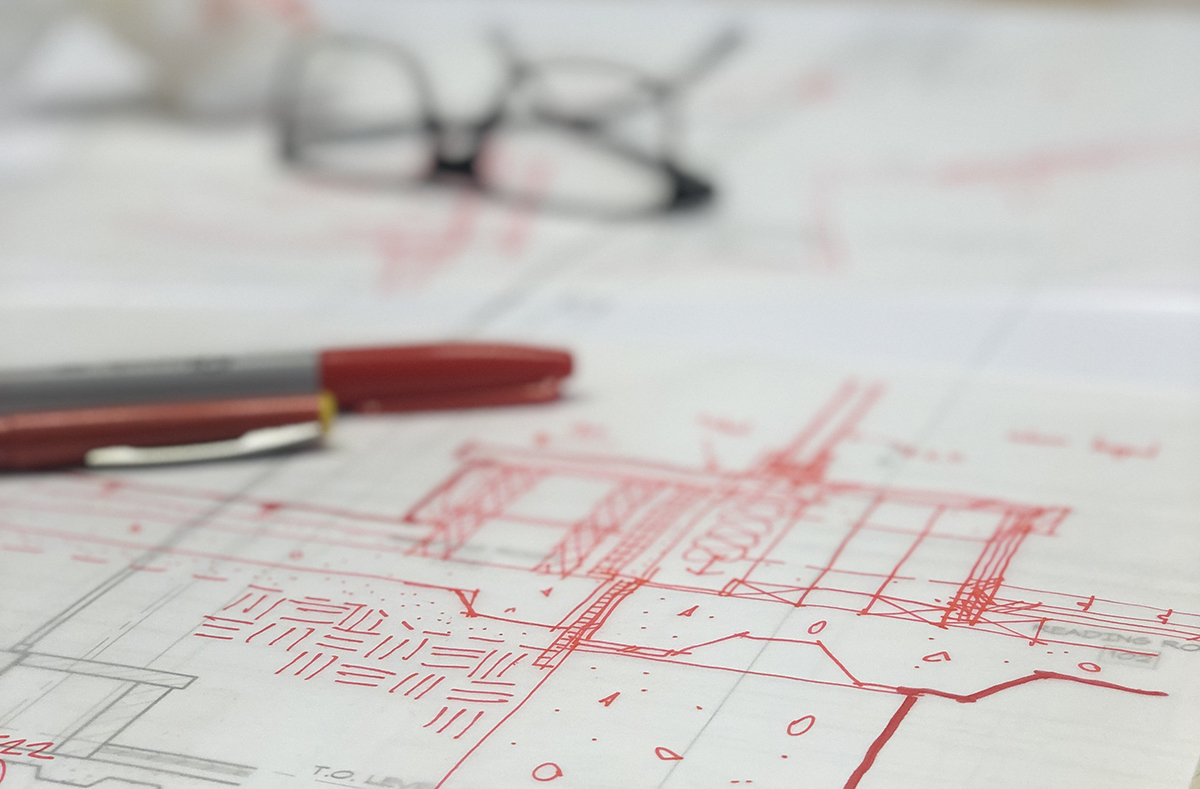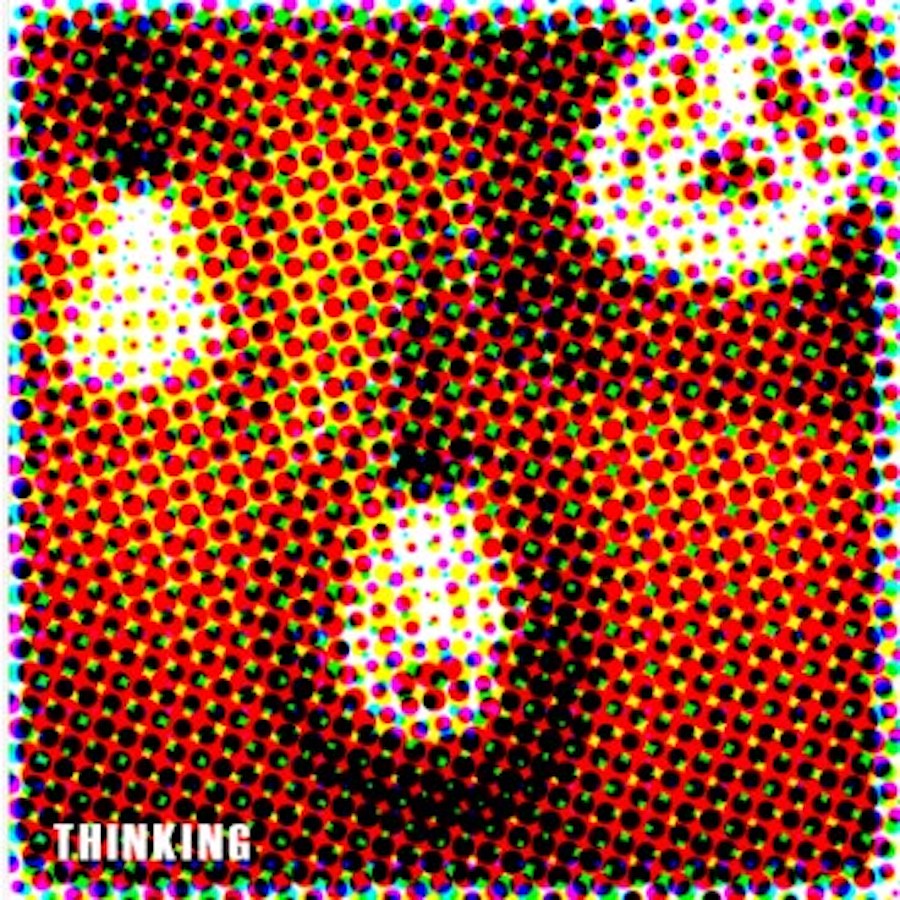Architects are expected to have a working mastery of building science and technology, construction techniques, and methodologies, all while bringing everything together in a visually pleasing manner. If that didn’t sound like a lot and something extremely difficult to pull off, then I didn’t do a very good job introducing today’s topic for discussion for Episode 76: The Critical Skills of an Architect.
#1 Critical Thinking jump to 4:40

First and foremost I feel like we need to actually explain what critical thinking actually is and then get into why is it is a critical skill for an architect. In short critical thinking is a person’s ability to take disparate information and make independent and logical connections with the information. It is an active process of forming new thoughts rather than just passively receiving information.
As to how it matters as a skill to architects, I found an interview with Nick Axel, currently the Head of the Architecture Department of the Gerrit Rietveld Academie in the Netherlands, who neatly explains how critical thinking allows architects to understand who we build for and why we build in the first place. You can read the entire interview here but I have isolated the part the stuck out to me when I first read the article some time ago.
"As designers we’re constantly required to learn and understand more and more. There’s a hidden layer to each project; the site, the context, the client, the local culture, the local population, which is essential to discover – because it’s not something that’s readily out there. Working with this knowledge, scratching beneath the surface, gives the designer a deeper understanding of the society they are intervening into, and better equipped to make a positive contribution to it."
- Nick Axel
#2 Communication Skills jump to 22:24

If you were thinking that I put communication skills on my “Critical Skills” list because I am good at them, you would be incorrect … at least your sequencing is incorrect. It’s because I think they are important that I work so hard at constantly trying to improve my ability to communicate with others. I am not talking about presentation skills, or your ability to stand in front of a room full of people
The article I mentioned in the post is Square, Crescent or Nugget … How Do You Like Your Ice? and it was actually the 16th article I ever wrote – way back on February 11, 2010 (for the record, there was a weird mixture of really bad articles in the beginning interspersed with some amazing ones, even if I do say so myself). The reason I brought it up was for the following few sentences:
"You can tell pretty quickly if they understand what they are looking at based on the specificity of the comments they make. If a homeowner is paying too much attention to one specific item, you know that they have latched onto something they do understand and are strenuously vocalizing their opinion on the matter in an effort to participate."
Part of effective communication is the listening part, something that I work really hard at but will still acknowledge that it isn’t as good as my talking part. Being able to understand the objective of what isn’t being said is frequently more fruitful than being able to recall what is being said – and this is particularly true for an architect who is working through the dynamics with clients who have never been through this process before and who might not be on the same page as other people in the room who are also part of the client collective (spouses on residential work, and multiple owners in commercial work).
#3 Attention to Detail jump to 34:00

There was some question as to whether or not “Attention to Detail” is a critical skill … and I’m not talking about your ability to see small parts and pieces independently. What I am referring to is the ability to see something as a collection of its parts – how intersections occur, material transitions, the light that enters the room, scale, proportion. It is all these things and noticing how they fit into – and contribute to – the final solution I strongly believe that the ability to determine to identify these moments work together is what adds up to why something is, or is not, ultimately successful.
The collection of parts and how it contributes to a larger experience is at the root of the entry sequence I discussed in the image shown above (fully discussed in the post "The Front Door Experience"). In short, the idea is that there is a procession that someone entering this house will go through from the moment they arrive to the time that they reach the front door, that will include different materials, change in elevations, passing over water, a left turn and a right turn … Designing around a narrative and attempting to deliver an experience is NOT a single design gesture.
I have heard on a few occasions in my career when I am on a job site, and I point out a mistake (however minor it may be) only to have the contractor tell me: “Nobody will ever notice that … except you or another architect” and I patently disagree with this idea. Just because someone with less formal training doesn’t recognize all the individual pieces, does not mean that the experience at the end will be the same.
#4 Three Dimensional Visualization jump to 39:50

I am not talking about a person’s ability to prepare renderings using software, although that is definitely a skill. No, this is about seeing something in your mind and being able to manipulate that imagined view while it is still in your head. This is incredibly difficult and loads of people can’t do it … and that includes architects. Being able to develop and utilize this particular skill set will help you at its most fundamental level by improving your sense of scale and proportion. Most people who know me will readily acknowledge that I think that size, scale, and proportion are where a good architect makes their living.
While I think it is a critical skill, I’m not sure that everyone will, or that they even need this skill based on how pervasive technology is within our profession. There are a lot of software out there that will help you “visualize” your project but ultimately you have to spend the time creating the design in the platform of that software before you can determine whether or not your solution is what it needs to be.
Would you rather? jump to 50:18

This was one of the trickier Would You Rather questions we have attempted to tackle. There are definitely a bunch more questions that come up just to try and define the parameters to a question that is so open-ended …
"Would you rather have the ability to see 1-hour into the future or 100 years into the future?"
There are so many bear-traps associated with this question … how do I get to experience this particular future? Can I manipulate anything in this future time or is it like watching a movie? Can I be where I want to be? What happens if I go 100 years into the future and what happens if the Earth is gone? How long am I in the future? How does me seeing the future allow me to change the present?
I could keep going as there are dozens and dozens of potential loopholes to this question.
Critical Skills of an Architect
It would not be a stretch to expand this list of four critical skills to include several more skills that would be good for you to have as an architect – I could easily get to ten or more. So how did we decide on just these four? Once I came up with my list, Andrew and I adapted that list to eliminate what we constituted as building-block-type skills. This move allowed us to eliminate the evolution of some skill sets that matter more at various parts of your career, which would vary based on the role you evolve into (i.e. Project Architect, Project Manage, Project Designer, etc.). For example, my need to have mastery of drafting software has exponentially diminished at this point in my career, but there is still value in knowing the software and how long it takes to generate drawings so that I can effectively plan deadlines and identify the proper skill level needed from a staffing point.
As a result, we decided to focus this list of critical skills on the ones we felt benefited us most over the length of our career. At the end of today’s podcast episode, we did include some rapid-fire “bonus” skills that I don’t think I have but really wish that I did. I think we should also point out that we are talking about “skills”, not “qualities”.
Passion – not needed to be a practicing architect but this does seem to come up a lot from those who have been at it a while. I think you are better off in any profession that you have a passion but we all know people who simply do their job as a means to an end.
Confidence – not specifically an architectural trait but if you are going to be a designer, you have to be willing to put yourself out there and have people disagree with you. Back in 2013, I wrote a post dedicated to confidence, although I referred to it as ego … I think it’s worth reading if you have a few minutes. “The Architect’s Ego”
Creativity – I was going to leave this off my list because not everyone who wants to be an architect actually NEEDS to be creative – there is a place for all people of varying skillsets in an architectural office. If you are interested in reading more about architectural creativity, it’s a topic that I have covered many times (What is Creativity? or The Creative Process for an Architect and The Ethereal Decision-Making Process for the Creative Mind just to list a few) and all of which have something to offer.
Considering the four items at the top of our list, which critical skill do you think should have been in the top four?
Cheers,

Special thanks to our sponsor BQE CORE ARCHITECT, cloud-based software for time and expense tracking, billing, and accounting. Visit bqe.com/LoaA today and receive 20% off a 12-month subscription to Core Architect.






